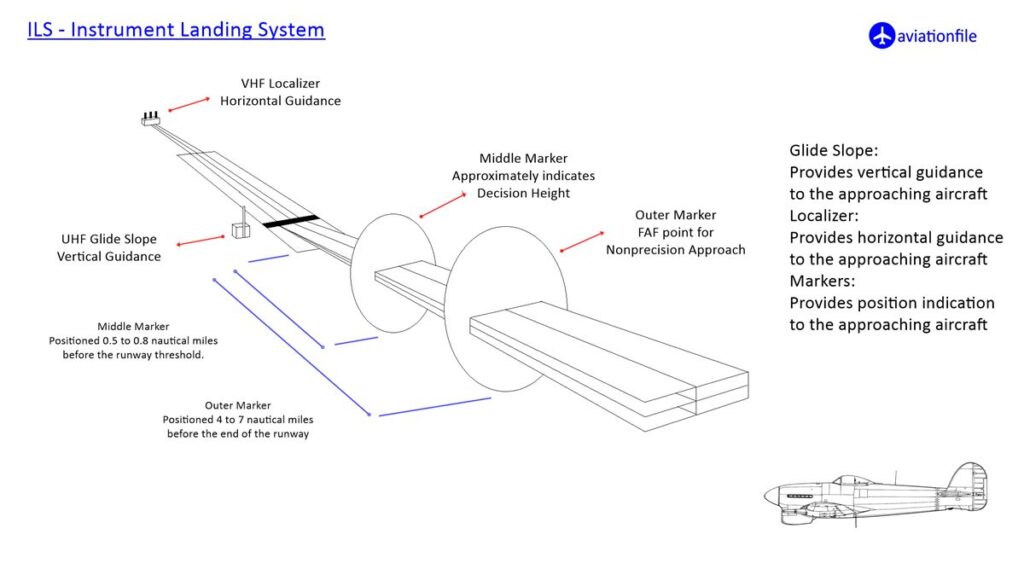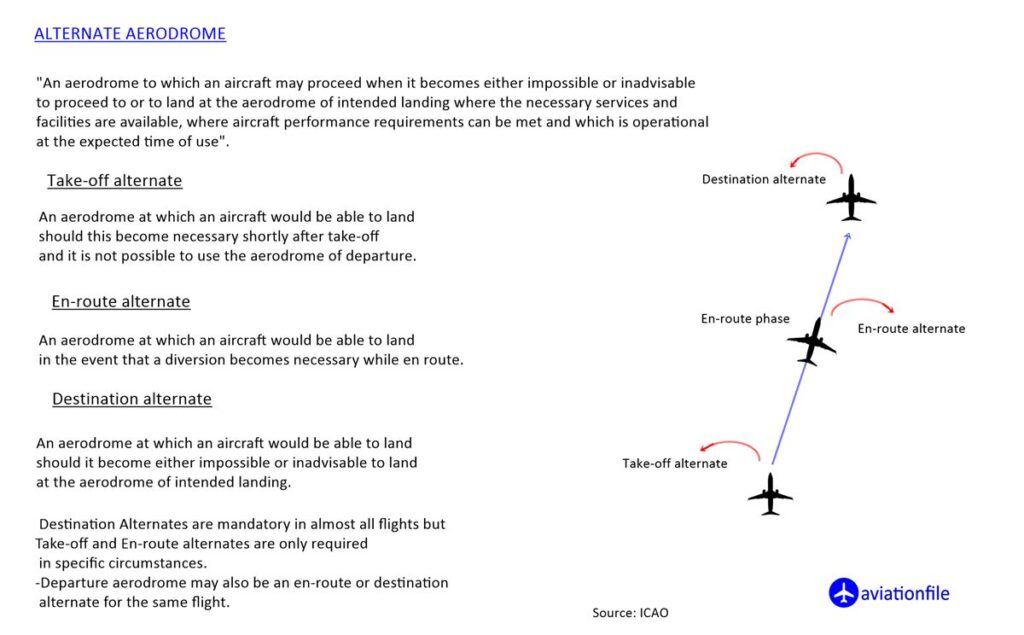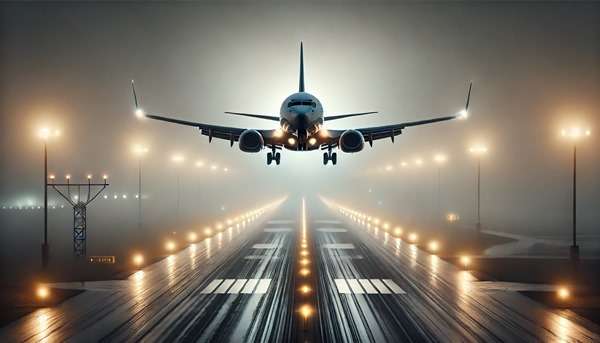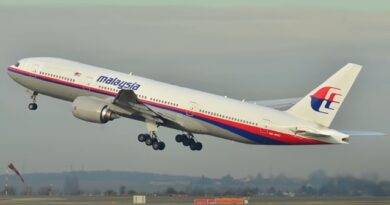Can a Scheduled Passenger Plane Land in Zero Visibility Conditions?
The question of whether a scheduled passenger plane can land in zero visibility conditions is a common concern for travelers and aviation enthusiasts alike. Advancements in aviation technology and strict safety protocols have made it possible for planes to land safely even when visibility is severely compromised. Here’s an in-depth look at how this is achieved.
Understanding Zero Visibility Conditions
Zero visibility, often referred to as “Category III” conditions, means that the pilots cannot see the runway, surrounding terrain, or other visual references needed for a traditional landing. This situation is typically caused by dense fog, heavy snowfall, or severe weather conditions. In such scenarios, reliance on advanced instrumentation and technology becomes crucial.
Technology Enabling Safe Landings
Instrument Landing System (ILS)
The Instrument Landing System (ILS) is a radio navigation system that provides both lateral and vertical guidance to an aircraft approaching a runway. ILS has different categories (Cat I, II, and III), with Category III enabling landings in the lowest visibility conditions. Category III ILS allows for:
- Cat IIIa: Decision height below 100 feet and runway visual range (RVR) not less than 700 feet.
- Cat IIIb: Decision height below 50 feet and RVR not less than 150 feet.
- Cat IIIc: No decision height and no RVR limitation, theoretically allowing landing in zero visibility.

Autoland Systems
Modern aircraft are equipped with autoland systems that can perform landings with minimal human intervention. These systems are synchronized with the ILS to control the descent and alignment of the aircraft precisely. The autoland system ensures that the aircraft can touch down safely on the runway even when pilots have no visual references.
Enhanced Flight Vision Systems (EFVS)
Enhanced Flight Vision Systems (EFVS) use infrared cameras and other sensors to provide pilots with a clear view of the runway and surrounding areas, even in zero visibility. This technology enhances situational awareness and aids in safe landings.
Training and Protocols
Pilot Training
Pilots undergo rigorous training to handle landings in low visibility conditions. They practice using simulators that replicate zero visibility scenarios, ensuring they are well-prepared for real-world situations. Only pilots certified for Category III operations can conduct these landings.
Airport and Airline Protocols
Airports and airlines enforce stringent protocols to ensure safety during low visibility conditions. They meticulously maintain runways equipped with Category III ILS, and ground support teams remain on high alert to assist with landings and ground movements.
Safety Considerations
Diversions and Delays
Despite the advanced technology, safety remains the top priority. If conditions are deemed too hazardous, flights may be diverted to alternate airports with better visibility or delayed until conditions improve. This ensures passenger safety is never compromised.

Regular Equipment Checks
Technicians conduct continuous maintenance and regular checks of landing systems and aircraft equipment to ensure reliability. They immediately repair or replace any malfunctioning components to maintain high safety standards.
Conclusion
In conclusion, scheduled passenger planes can land in zero visibility conditions thanks to sophisticated technology like ILS, autoland systems, and EFVS. Combined with rigorous pilot training and strict safety protocols, these advancements ensure that air travel remains safe and reliable even in the most challenging weather conditions. While diversions and delays are sometimes necessary, the aviation industry’s commitment to safety continues to make zero visibility landings possible and secure.
By understanding these technologies and protocols, passengers can feel more confident about their safety during flights in adverse weather conditions. The ongoing evolution in aviation technology promises even greater advancements in the future, further enhancing the safety and reliability of air travel.

References and Further Reading
- Federal Aviation Administration (FAA) – Instrument Landing System: https://www.faa.gov/air_traffic/technology/ils/
- International Civil Aviation Organization (ICAO) – Low Visibility Operations: https://www.icao.int/safety/airnavigation/pages/low-vis-ops.aspx
- Boeing – Autoland Systems: https://www.boeing.com/commercial/aeromagazine/articles/qtr_4_07/article_02_1.html
- Airbus – Enhanced Vision Systems: https://www.airbus.com/aircraft/aircraft-features/avionics-systems/enhanced-flight-vision-system.html
- Skybrary – Instrument Landing System (ILS): https://www.skybrary.aero/articles/instrument-landing-system-ils
- The Points Guy – How Planes Land in Zero Visibility: https://thepointsguy.com/guide/how-planes-land-in-zero-visibility/
- NASA – Aviation Safety Reporting System: https://asrs.arc.nasa.gov/


